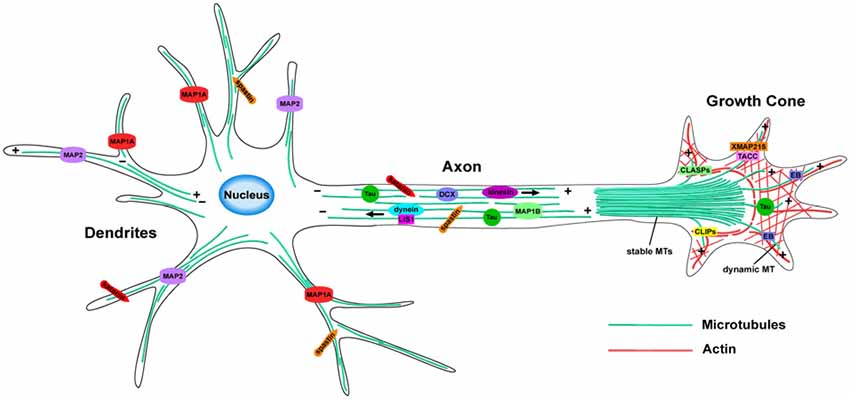Well we are making progress. At least we come to the admission that microtubules transport data.
I'm not sure that they do. What data do they transport? What does the transporting, exactly? How is the data encoded?
As to what and how microtubules process data, don't ask me, ask these people:
I thought it was
your claim that microtubules are data processors. Are you now saying you're not sure about that? Or are you saying you think they are but you don't know why? If it's the latter, what makes you think they are, if you don't have a clue what the mechanism is?
Ok. Let's see...
"Models of the mind are based on the idea that neuron microtubules can perform computation. From this point of view, information processing is the fundamental issue for understanding the brain mechanisms that produce consciousness."
It sounds like they are
assuming that microtubules can perform computation. Then, given the assumption that this is true, they are thinking about the implications for "models of the mind".
I'm not asking about assumptions, though. I'm asking whether there's any
evidence that microtubules perform computations.
"The cytoskeleton polymers could store and process information through their dynamic coupling mediated by mechanical energy."
Could? Well, do they or don't they? You're not sure?
"We analyze the problem of information transfer and storage in brain microtubules, considering them as a communication channel."
Okay. So, I'm interested in the conclusions they reach about his. Is the
problem solved, or not?
Are microtubules a "communication channel" or aren't they? And what about the
processing I asked about? Is there any?
"We discuss the implications of assuming that consciousness is generated by the subneuronal process."
They discuss the implications of an
assumption. Okay.
It sounds like
their claims are much more circumscribed than
your claims, Write4U. Do you agree?




